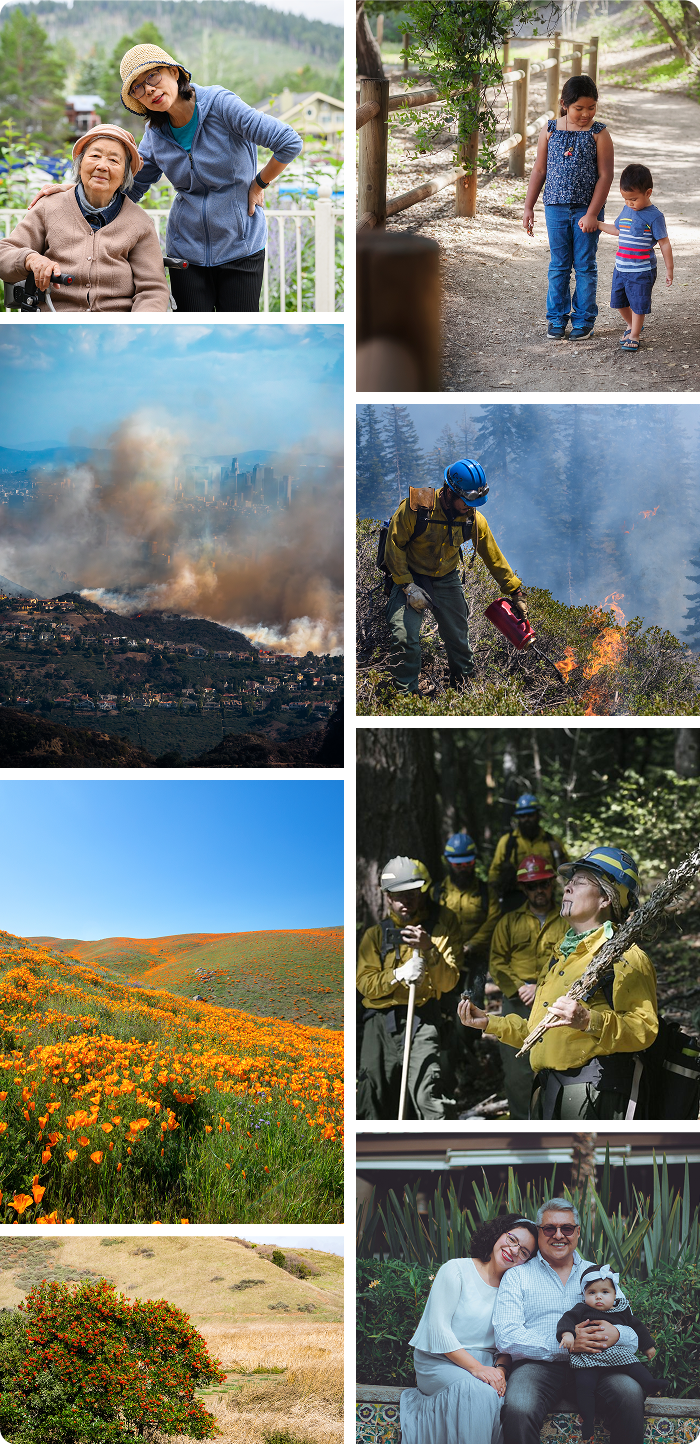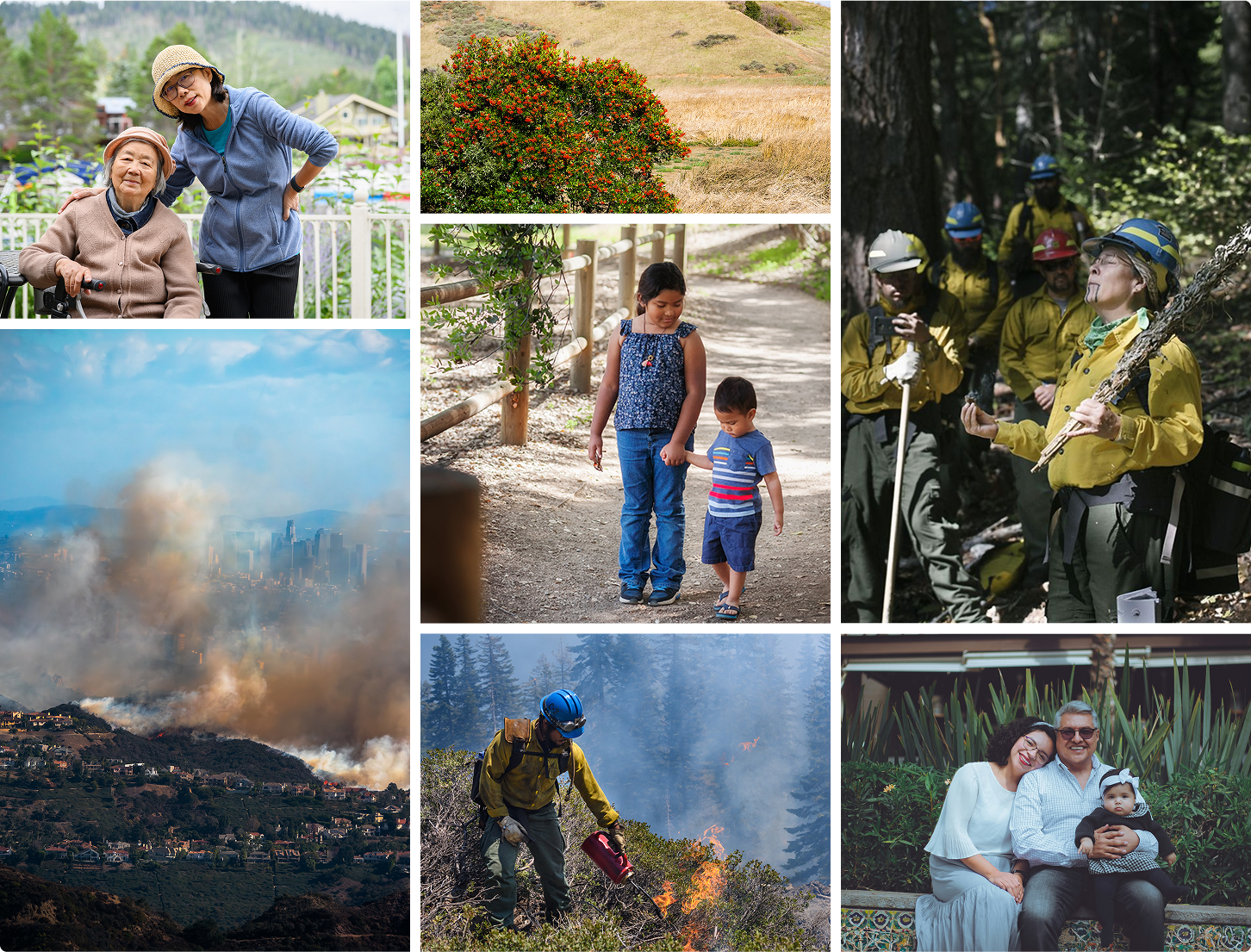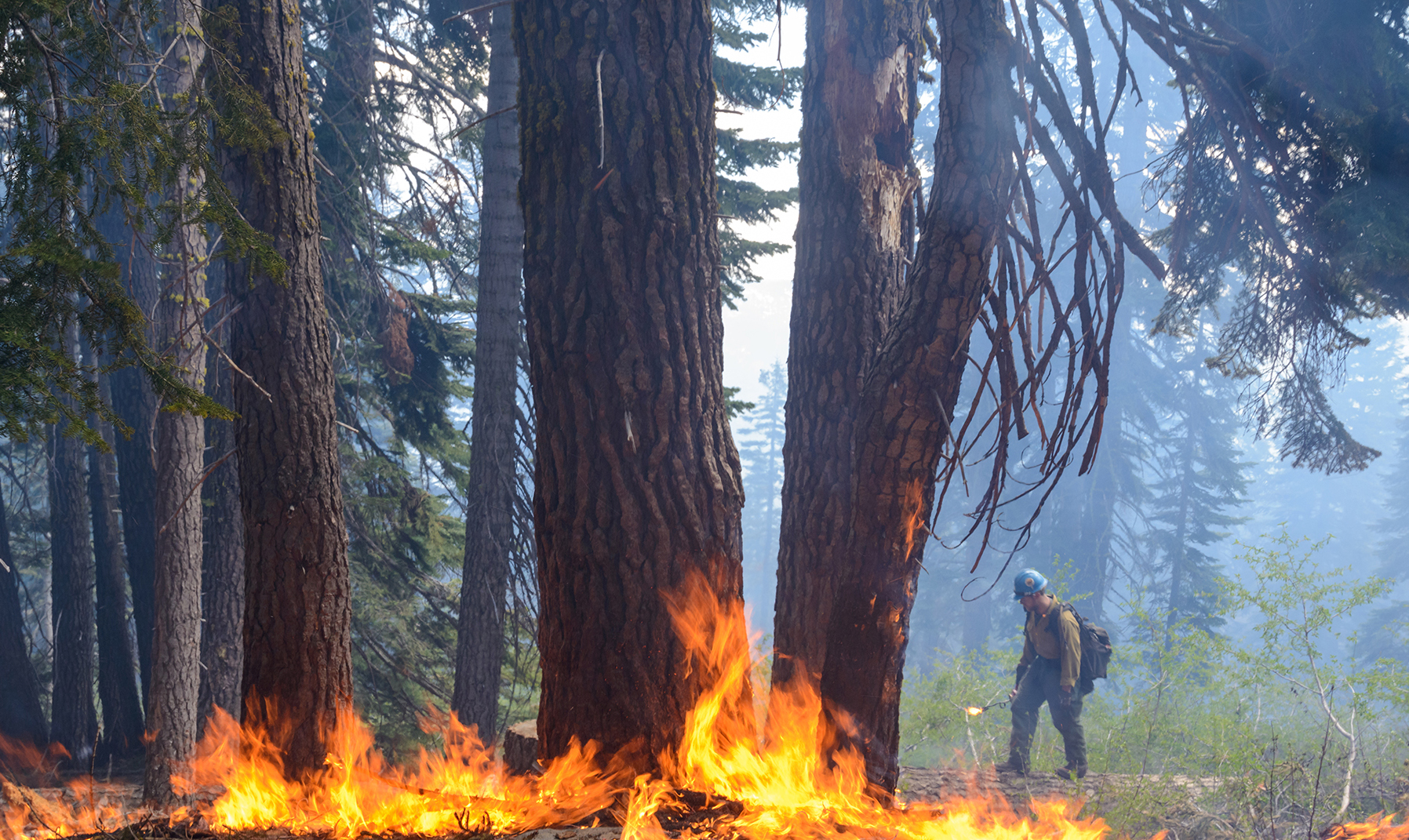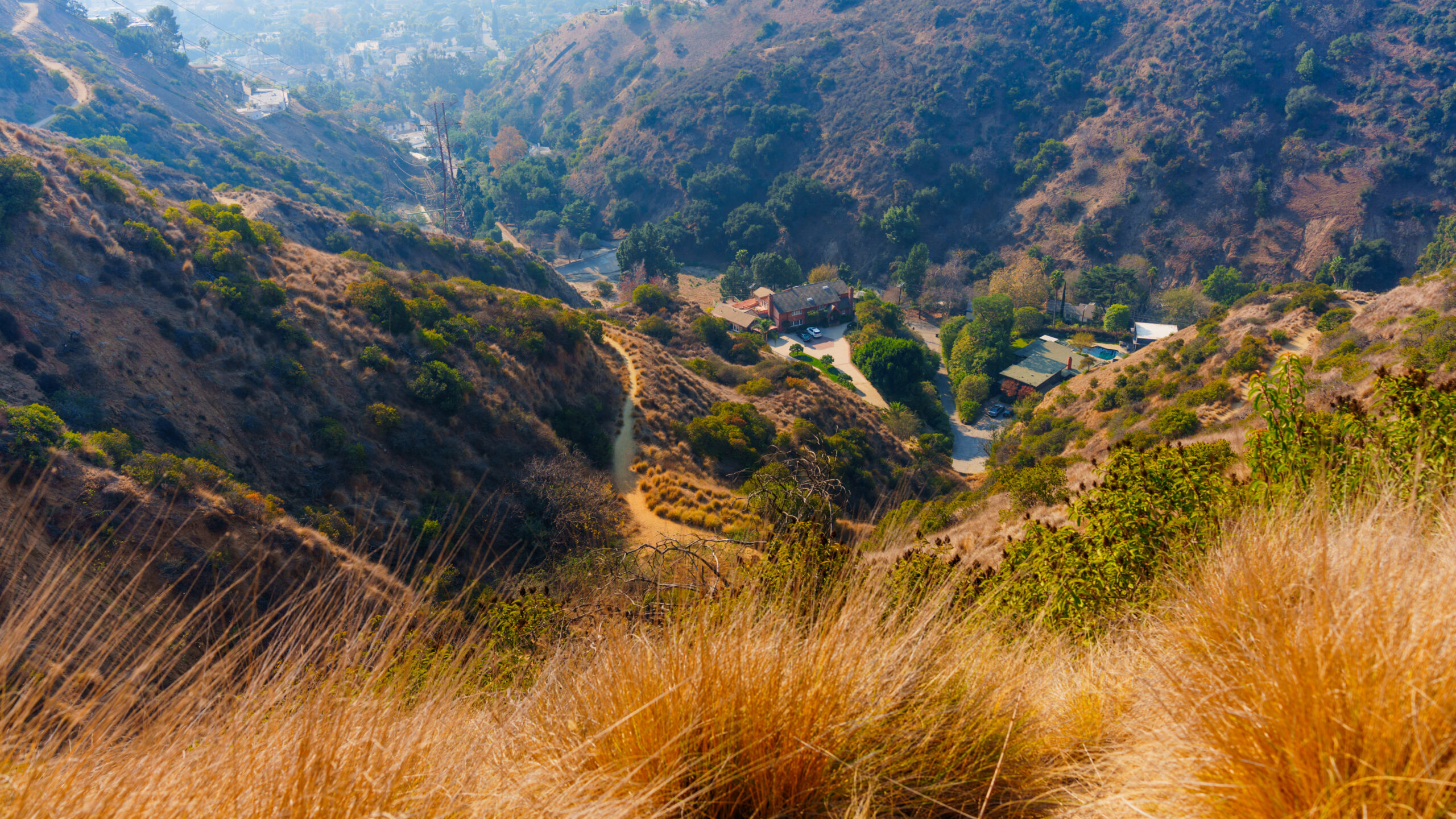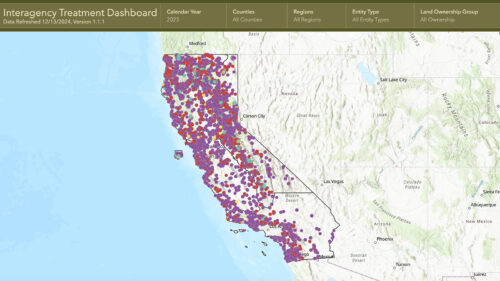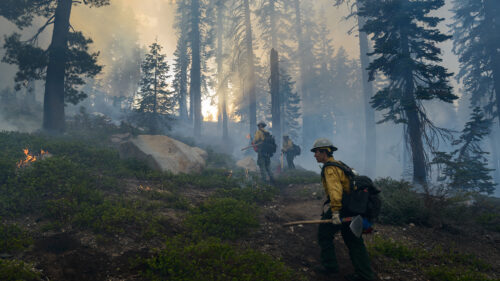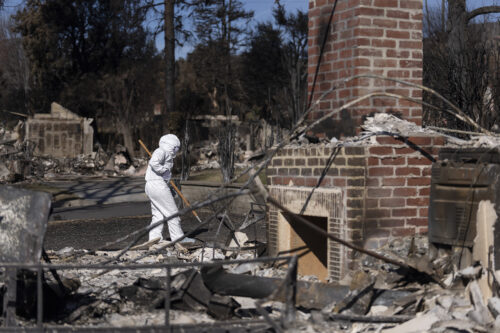
No Californian has been spared from the impacts of catastrophic wildfires. Wildfires destroy our homes and communities, spread toxic smoke, and increase our cost of living. We don’t have to live from crisis to crisis—fire is a natural part of California ecosystems, and we have the solutions to live with and manage fire effectively. By fully funding and implementing California’s wildfire resilience strategy, we can protect the health of our landscapes and communities.
It’s time to close the wildfire funding gap.
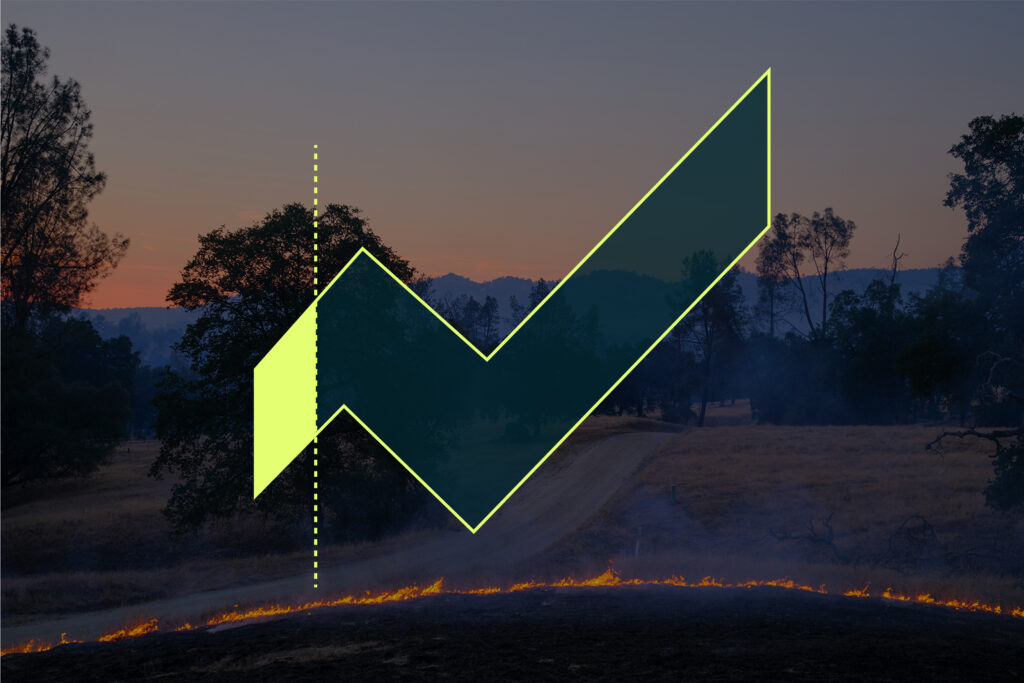
In crisis mode, responding to wildfire costs the state billions of dollars every year.
In comparison, investments to reduce wildfire risk are extremely cost effective. Action and investment are needed now. If our state leaders don’t act and see this through, all Californians will foot the bill.
10% of Cap-and-Invest
10% of future Cap-and-Invest auction revenues should be allocated to regionally appropriate wildfire resilience and mitigation actions. Overall, 25% should go to nature-based solutions that harness the power of natural and working lands to tackle climate change.
$2.5-$3B/year for 10 years
Sustained funding of approximately $2.5 – $3 billion a year for 10 years would enable the state to execute its wildfire strategy and break out of the cycle of crisis.
Why invest in wildfire solutions?
Over 50,000 Californians have died from wildfire smoke impacts since 2008.
Wildfires can cause dangerous levels of air pollution that cause health problems like asthma for Californians, particularly in low-income and disadvantaged communities.
Wildfires cost California $117 billion per year in economic losses.
Investments to reduce wildfire risk are extremely efficient—they save at least $6 for every $1 invested and create tens of thousands of jobs.
Wildfires are one of California’s largest sources of greenhouse gas emissions.
Nature-based solutions are the most cost-effective way to reduce emissions and mitigate climate risks like wildfires, extreme heat, and flooding.
Severe wildfires damage our landscapes and pollute our water sources.
With better preparation, fires don’t just become less of a problem—they become a solution. Fires can support our natural ecosystems, maintain our water resources, increase biodiversity, and reduce the intensity of future wildfires.
Frequently Asked Questions
The goal of the Coalition is to secure the resources necessary—across local, state, and federal levels—to achieve California’s wildfire resilience goals and protect the health of our landscapes and communities.
Wildfires are a natural part of many California landscapes. But due to a number of factors including fire suppression, land management practices, and climate change, the intensity and frequency of wildfires have reached dangerous levels. With better preparation and management, our landscapes and communities can once again experience fire as a natural and beneficial process.
Funding the California Wildfire and Forest Resilience Action Plan is the most important way for us to turn the corner on the wildfire crisis. With sustained investment and ongoing partnership across the public and private sector, we can prepare our communities and landscapes to live with and manage fire.
It would take an estimated $2.5 – $3 billion a year for 10 years to implement the California Wildfire and Forest Resilience Action Plan and significantly improve management and readiness. This is a significant investment, but it is substantially less than the cost of regularly responding to catastrophic fires.
As a next step, our Coalition believes it is necessary to provide 10% of future Cap-and-Invest auction revenues for regionally appropriate wildfire resilience and mitigation actions.
The state has spent almost $2.8 billion since 2021 on efforts to prepare for wildfire and reduce risk, including $200 million per year in Cap-and-Invest funds. Meanwhile, firefighting costs over $3 billion every single year.
Recently state voters passed Prop 4, which included a historic $1.5 billion investment in wildfire risk reduction and preparation.
California’s natural and working lands are a major source of carbon emissions, principally in the form of wildfires. We can’t meet our climate goals without addressing wildfire.
Investing a significant proportion of Cap-and-Trade funding in wildfire resilience is consistent with California’s overarching climate strategy, as well as the state’s specific climate targets and plans.
According to Headwaters Economics, “…home losses can be avoided by building or retrofitting homes to wildfire-resistant standards, especially when property owners combine that construction with wildfire-resistant landscaping and upkeep. Researchers with the National Bureau of Economic Research found 43% fewer homes were destroyed when built to wildfire-resistant standards in a large sample of California wildfires. Other economic impact studies estimate that 60% of wildfire-resistant homes survive wildfires.”
The Wildfire Solutions Coalition supports adapting communities to wildfires, which includes the Wildfire and Forest Resilience Task Force’s actions on home hardening. In addition to the actions called for in Task Force’s Action Plan, the Coalition is exploring home hardening strategies that include a combination of no-interest financing, rebates, and the provision of community-based outreach, education and technical assistance to transition the millions of existing homes in high or very high wildfire hazard areas to be wildfire-resistant homes in a cost-effective manner. Doing so offers an opportunity to lower homeowners’ home insurance and energy costs.
News & Updates
It’s time to break the crisis cycle and fund wildfire resilience and other nature-based solutions.
